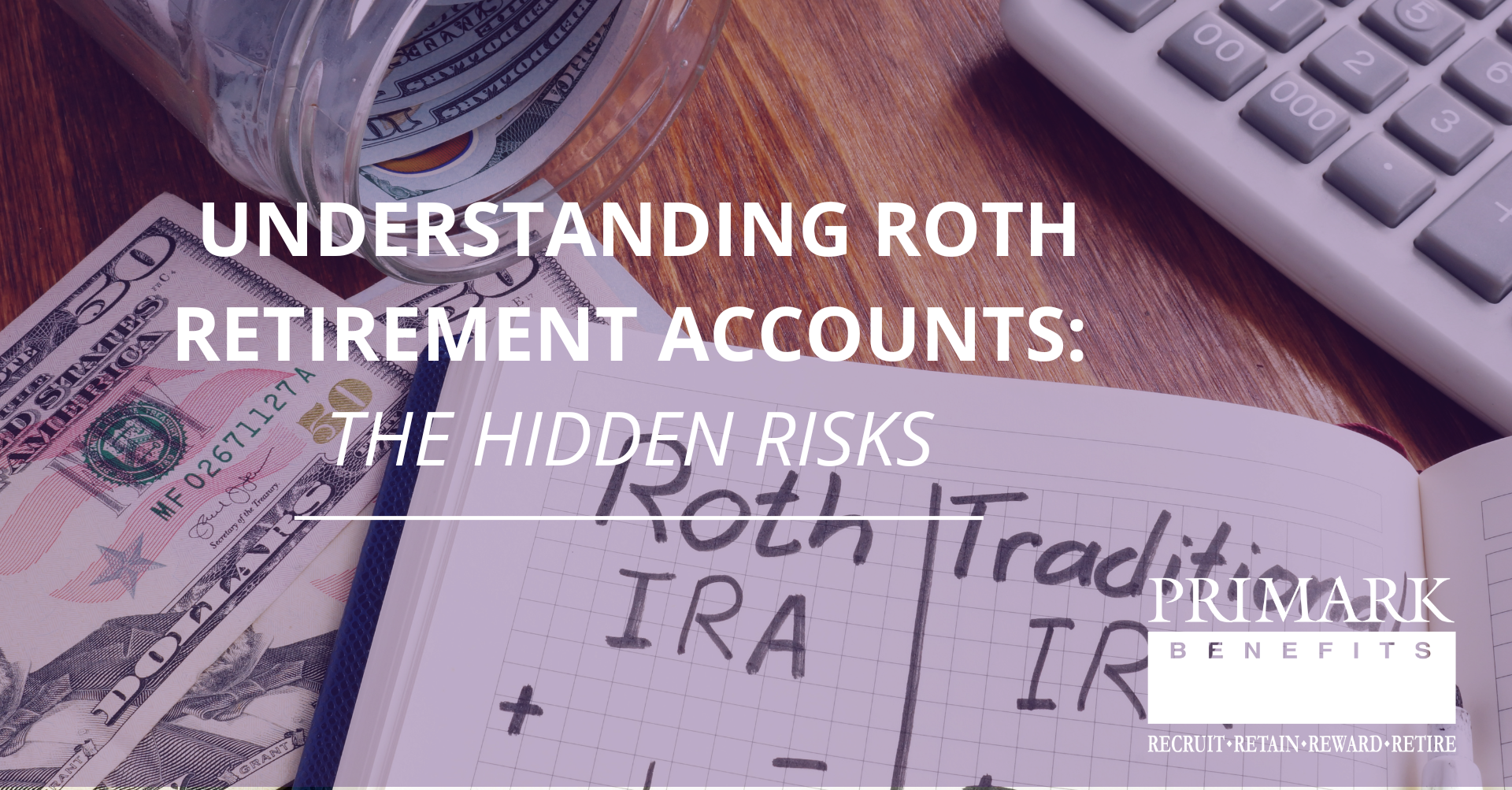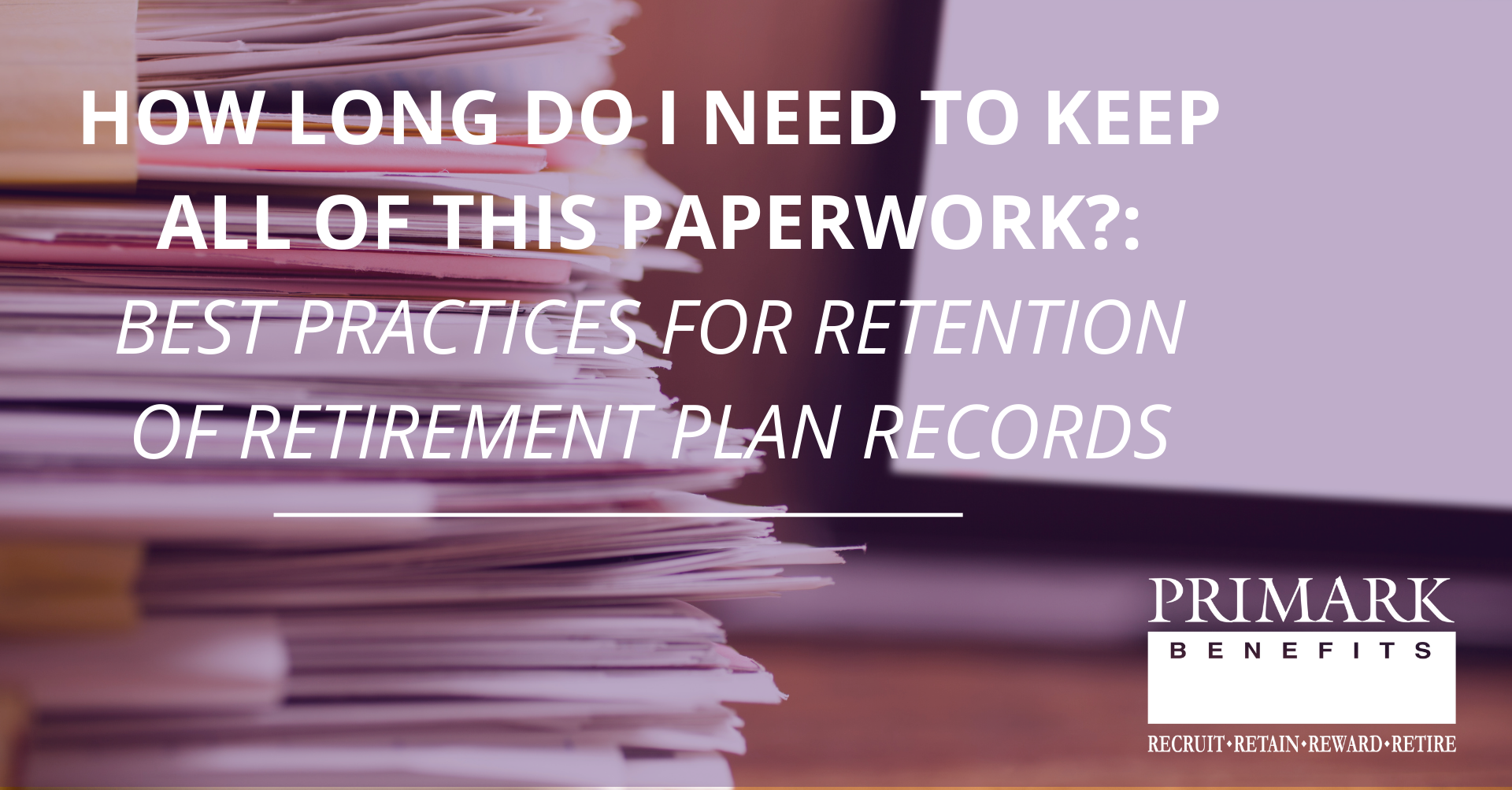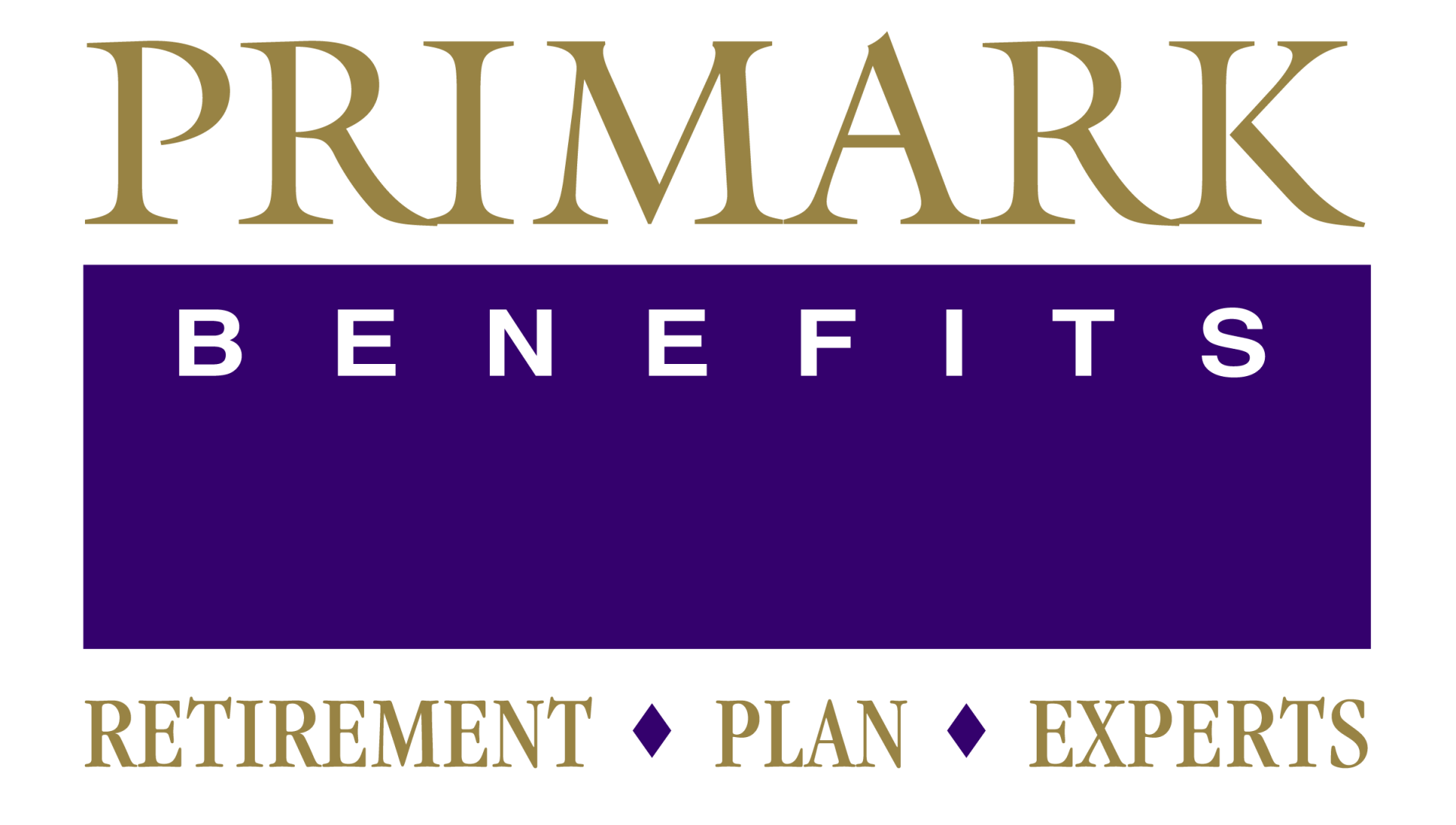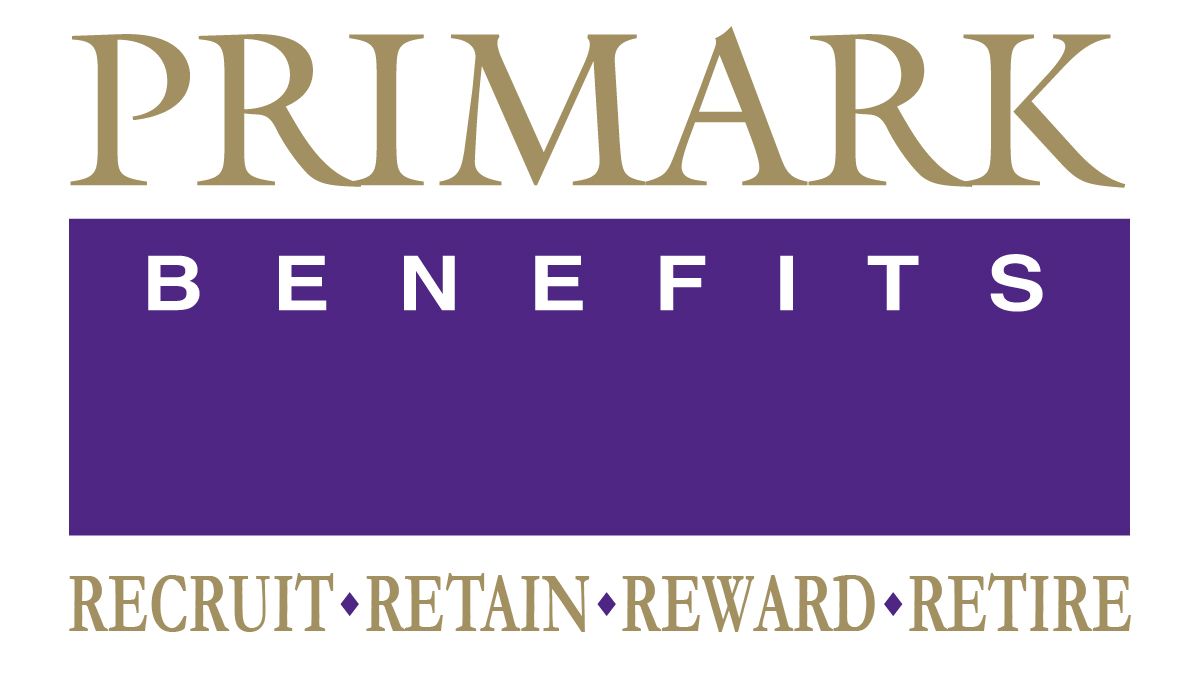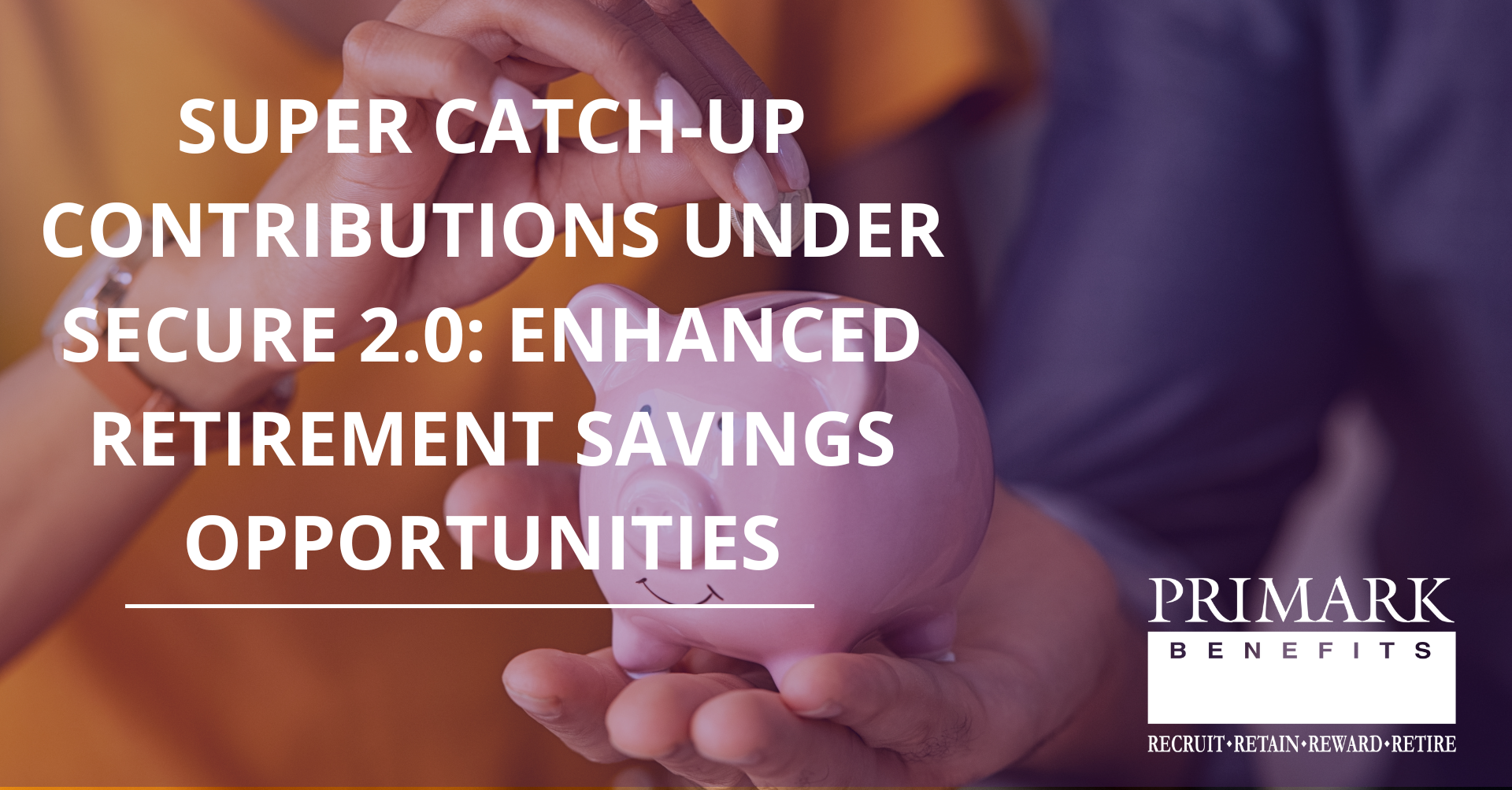7 Questions to Help Optimize Your 401(k) Plan
Let’s explore some of the critical elements of workplace retirement plans.
Our goal is to equip you with the knowledge you need to evaluate your current 401(k) plan with clarity and confidence, helping you make the best choices for your business and employees. We'll guide you through pro tips for identifying a healthy plan, discuss recent legislative changes, and introduce fresh innovations.
Whether you are evaluating your current plan or just curious about how to improve your retirement plan experience, we're here to help.
1. Do any aspects of your company's retirement plan cause frustration?
When frustration arises, pause and reflect on the cause. Employers often have trouble logging into recordkeeper portals, uploading payroll information, downloading census data, and finding the form to make investment changes, or they struggle with over-contributions. Whatever the issue, take a step back to look for a partner that can offer straightforward, easy-to-understand options, and timely resources to address any challenges.
2. Are you with the right 401(k) recordkeeper?
Start by assessing your needs versus what your recordkeeper offers. Consider employee demographics and technology alignment. For example, if your workforce is mostly older employees, have you considered in-plan income solutions or other retirement planning withdrawal ideas? Or, if your workforce trends younger, do you have a 401(k) student loan matching provision and are you working with a partner that can support it? Other factors to consider include the menu of investment options, fees, customer support, financial wellness resources, and digital capabilities. If there's a mismatch in any of these areas, it might be time for a change.
3. If you are considering RFP, what questions should you ask?
Here are a few must-asks:
- How do you support the ongoing education of our employees regarding their retirement planning?
- What technology and tools do you offer to make plan management easier for both employers and employees?
- Can you detail your fee structure transparently?
- Describe your investment options and how they cater to our diverse employee needs.
- How do you ensure compliance with the latest regulations and laws?
4. How can you create a better employee experience?
Focus on communication, education, and support. Ensure that your service providers offer ongoing employee education, user-friendly digital platforms, and responsive customer service. Also, regularly solicit feedback from your employees to identify areas for improvement. Here’s a quick question to get started: when was your last employee education meeting?
5. If your current plan feels outdated, what innovative features should you consider?
Start by evaluating your current plan’s design. Here are few enhancements you may want to consider, some of which are now standard requirements under the SECURE Act:
- Auto enrollment | Get everyone saving for retirement. (Mandatory for new plans established after December 29, 2022, under SECURE 2.0).
- Auto escalation | Help participants reach savings goals. (Mandatory for new plans established after December 29, 2022, under SECURE 2.0).
- Re-enrollment | Rebalance participants accounts onto an appropriate glidepath.
- Backsweeping | Engage participants who haven’t joined.
- Guaranteed income solutions | Think about how older employees will replace their paycheck.
- Financial wellness | Give access to quality financial education.
- Profit sharing | Reward loyal employees.
- Roth contributions | Offer more ways to save.
- Safe Harbor IRA Force-out | Remove former employees from the plan.
- Student loan matching | Support college borrowers to save for retirement.
6. How can we encourage more active participation and savings?
Engagement starts with education. Provide regular workshops, one-on-one consultations, and clear, concise materials about the benefits of participating.
Another very effective strategy is implementing automatic enrollment, which has a significant, direct impact on plan participation. To make this feature even more effective, consider setting the automatic enrollment savings rate between 8% and 10%. This higher starting point can help employees build substantial savings more quickly, without requiring them to take initial action to opt into the plan or select their contribution rate.
7. How can a plan consultant add value to our retirement plan and employee experience?
A skilled plan consultant brings appreciated benefits to both employers and employees. For employers, we can simplify the complex world of retirement plans by providing experienced guidance on plan design, compliance, and investment selection. We help ensure that your plan aligns with your business goals and employee needs, potentially leading to higher participation rates and overall satisfaction. For employees, we can be a resource for financial education and personalized investment advice, helping them make informed decisions about their retirement savings.
By lighting the path between the plan provider and participants, we can enhance the overall plan experience toward making it more efficient, compliant, and beneficial for all parties involved.
Remember, the goal of a 401(k) plan is not just to offer a retirement saving vehicle but to provide a path toward financial security. By asking the right questions and prioritizing the needs of your team, you can create a more rewarding and engaging retirement plan experience for everyone involved.
